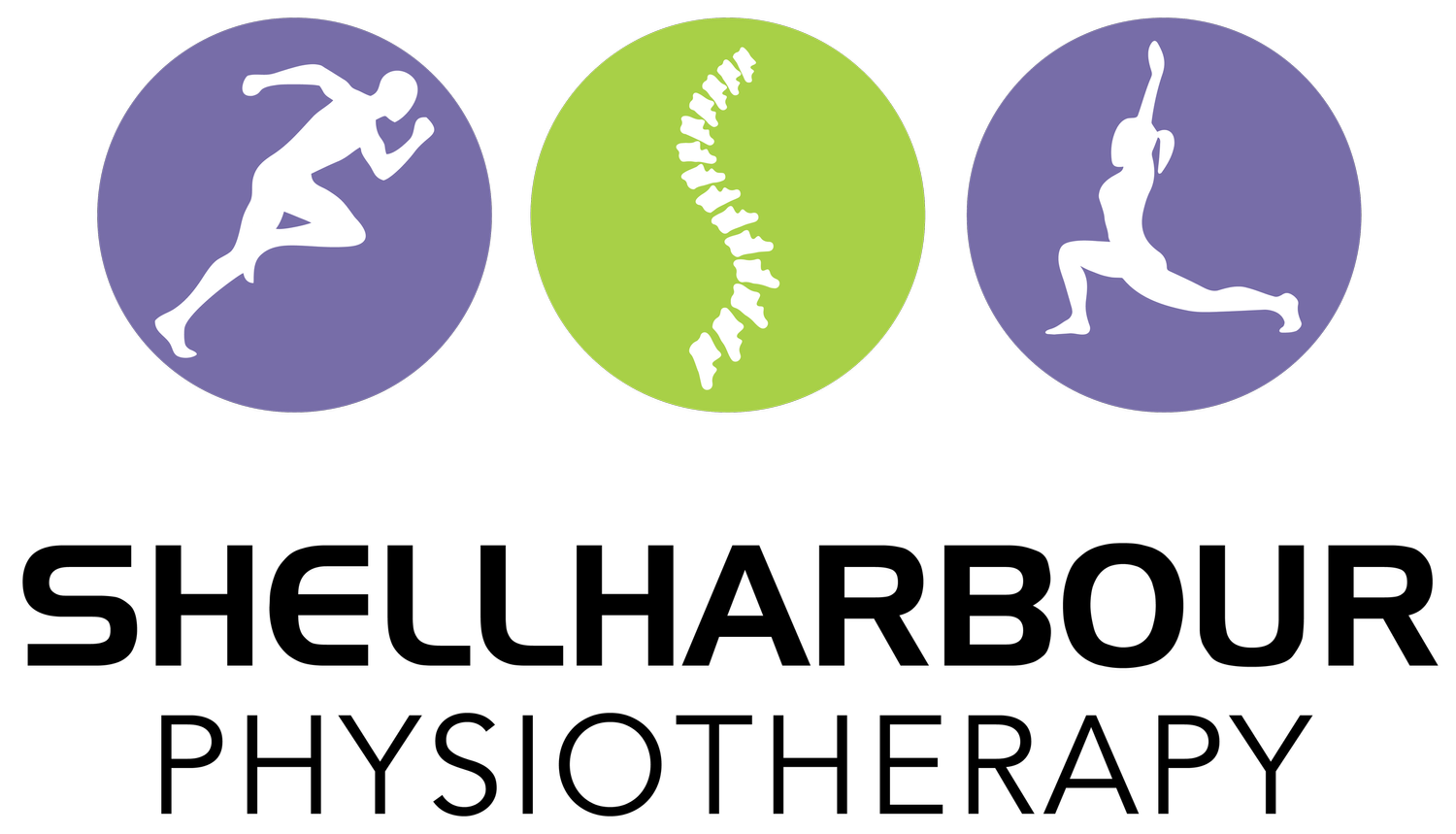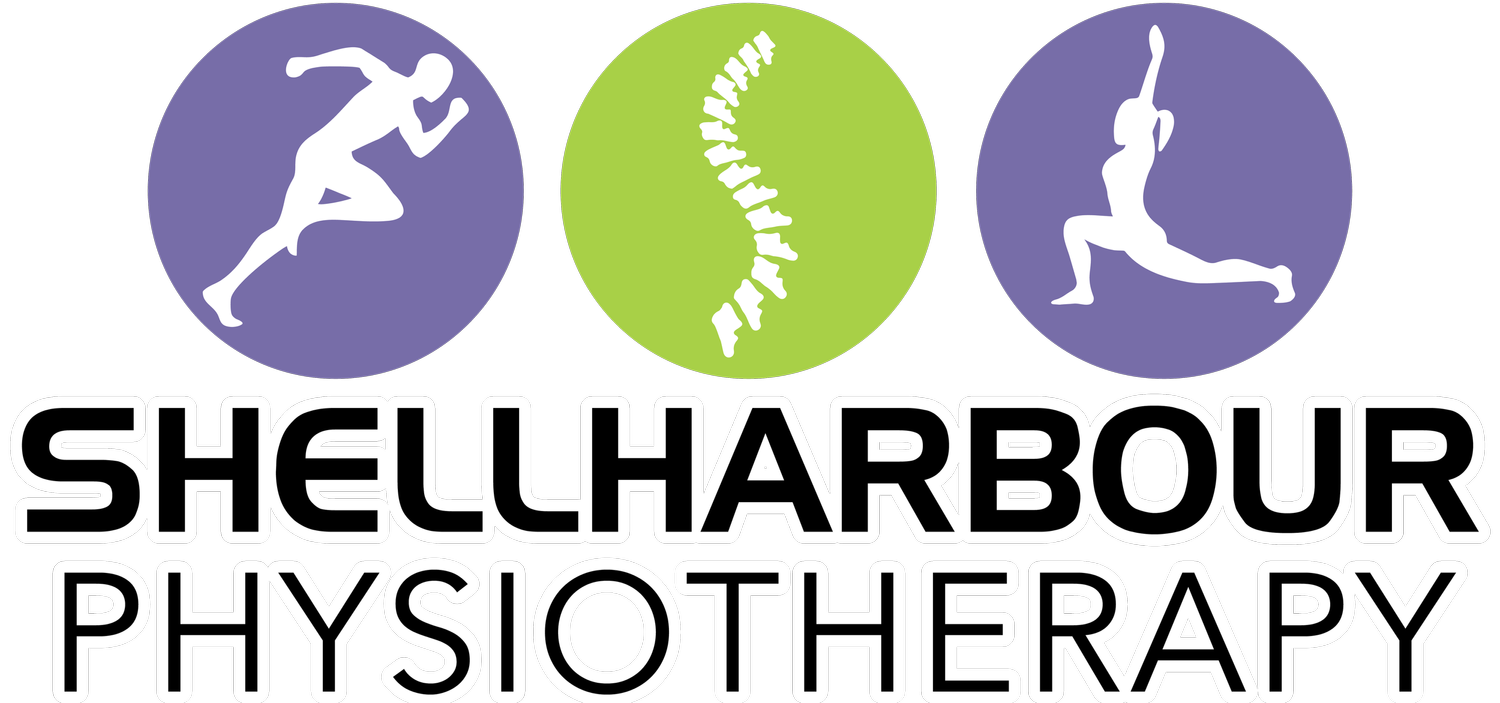RETURNING TO EXERCISE & SPORT POST COVID INFECTION
In the past two years, COVID-19 has sent populations across the world into lockdowns and seen the sports and physically active lifestyles come to a stand still.
However, we’ve gradually seen a return to sport, gym and recreational facilities as vaccination rates increase and we adapt to living with the virus. Unfortunately, COVID-19 has mutated and allowed the Delta and highly contagious Omicron variant to spread rapidly. This has resulted in many professional, amateur and student athletes testing positive, in addition to the active adult populations.
what is being recommended for a safe return to sport and exercise?
Regardless of symptom severity, the general consensus is that a graduated return to sport and exercise is best for athletes and active adults recovering from COVID-19. This is due to unknowns regarding the long term effects of the virus and the possibility of complications such as myocarditis (inflammation of the heart tissue). Adults and athletes with underlying health conditions such as asthma should consult a medical professional before returning to sport/exercise. It’s recommended that an individual be symptom free for at least 7 days ↗ at rest before considering starting a graduated exercise program¹.
Anyone who has had even mild to moderate symptoms may need to undergo cardiac testing (eg. ECG), require blood work, or spirometry (lung function) testing if clinically indicated.
Once cleared, a graded return to training should follow.
Please see below two insightful infographs detailing a number of recommended return to play guidelines.² ³
Stages
Stage 1:
Diagnosis, illness & recovery
10 days minimum from positive test or onset of symptoms
Must be cleared by healthcare provider.
Must have resolution of symptoms except loss of smell and taste prior to exercise.
Stage 2:
Light exercise
Two days minimum
Walk , light job, stationary bike, no resistance training.
<70% maximum heart rate.
Duration of exercise: <15 minutes.
Stage 3:
Light to moderate exercise
One day minimum
Movement exercises: running drills, body weight resistance, circuit training.
<80% maximum heart rate.
Duration of exercise: <30 minutes.
Stage 4:
Moderate exercise
One day minimum
More complex training: sports specific drills, running, weight training.
<80% maximum heart rate.
Duration of exercise: <45minutes.
Stage 5:
Moderate to intense exercise
Two days minimum
Normal sport activities: non-contact activities, sports specific drills, running.
<80% maximum heart rate.
Duration of exercise: <60 minutes.
Stage 6:
Resume normal training
One day minimum
Complete one day of traditional sports practice or normal exercise routine.
Stage 7:
Return to unrestricted competition and exercise.
It’s important to note that these are guidelines only, and any program should ideally be tailored to the athlete’s individual needs in consultation with a health professional.
Factors that need to be taken into consideration should include the athlete’s/adult’s:
previous medical history
fitness levels
testing (if available)
physical demands of the sport
competition schedule
severity of their symptoms
It’s recommended that a person not progress to the next stage of a graded program unless they are able to complete the previous step whilst remaining symptom-free. For younger athletes, this should preferably be overseen by a health professional, coach, trainer or parent to help ensure a safer progression.
If an athlete or adult is finding it difficult to complete any stage of a program without exacerbation of symptoms they should stop exercising immediately.
Symptoms to be mindful of during exercise include ³
Headache
Chest pain
Excessive levels of fatigue, shortness of breath, difficultly catching their breath, or has rapid breathing
Light-headedness, or dizziness
Nausea
A high heart rate that is not proportional to the level of activity or has a prolonged heart rate recovery
Passing out
Swelling in the extremities
Follow up
Further follow up with a medical professional should be sought if symptoms persist after stopping exercise.
It’s important not to underestimate the affects COVID-19 has on the body. Be patient and don’t ignore any of the above type symptoms in the hope of making a quicker return to the sport or exercise you love.
Do your best to try and aid your recovery through other avenues such as maintaining a healthy diet, staying hydrated and getting adequate amounts of sleep/rest. Not only will this be of benefit during and post your Covid infection, but is a must for any athlete!
DISCLAIMER
* Please note in athletes or adults who have more severe symptoms, or other populations not included in this blog (eg. inactive adults, older adults, or those individuals who already have serious or multimorbid health conditions) - a more specific and graduated (re)introduction to physical activity may be required in consultation with health and medical practitioners.
References
1. Exercise & Sports Science Australia (2020). Addendum #1 COVID-19 Rapid Review: Exercise Rehabilitation for Clients Following COVID-19 Infection. Available at: https://www.essa.org.au/Public/Covid-19/Research_and_COVID-19/Public/Coronavirus__COVID-19__Research.aspx?hkey=b5970f44-118b-4548-b0bb-2226fcf64210. (Accessed: 10/01/2022).
2. Infographic. Graduated return to play guidance following COVID-19 infection
Niall Elliott, Rhodri Martin, Neil Heron, Jonathan Elliott, Dan Grimstead, Anita Biswas
Br J Sports Med. 2020 Oct; 54(19): 1174–1175. Published online 2020 Jun 22. doi: 10.1136/bjsports-2020-102637 PMCID: PMC7371566
3. Cleveland Clinic (2021). Returning to sport or exercise after recovering from Covid-19. Recommendations for reintroducing physical activity. Available at: https://health.clevelandclinic.org/returning-to-sports-or-exercise-after-recovering-from-covid-19/ (Accessed: 10/01/2022).

